My EdTech portrait, by Kat Cao
I have been Creative Director in Stanford Medicine’s Education Technology studio, EdTech, since 2016, and I joined the team in 2015. Since then, our team has designed and created dozens of online courses that have collectively been taken by almost 1,000,000 people all of the world. Our team of 14 come from diverse, creative backgrounds and specializations which has provided us with unique lenses through which we see our work. Because of this, we have never quite “fit in” with the medical education establishment and we’ve become known for our own brand of education experiences. Our work is characterized by socially-conscious, character-driven storytelling, expressed through cinematic filmmaking, beautiful artwork, and the use of innovative tools and techniques.
As our Creative Director, I steer us in this direction but, especially because our creative team is largely in-house, the vision is a collective one, shaped by our shared values and individual strengths. I see my role as cultivating this creative spirit amongst our team, mentoring our clients and team members in creative thinking, AND upholding the process of design thinking that encapsulates each one of our projects.
We are lucky enough to be selective in the projects we take on and, as such, our portfolio is heavy with social justice and public health work, including Child Health Across the Gender Spectrum and Teaching LGBTQ+ Health. We co-created these courses with stakeholders and learners: members of the Medical Student Pride Alliance for Teaching LGBTQ+ Health and, several transgender and non-binary children for Child Health Across the Gender Spectrum. These sort of projects have been responsible for keeping me at Stanford for over seven years now. Seeing the impact of our work on our audience means the world to me, especially when we’ve done the work with them.
Below are a few of my favorite projects from EdTech. For more about our team, visit the EdTech website, or check our YouTube page for work samples.
The EdTech team in 2019
Stanford Introduction to Food & Health (2016)
I joined Stanford Medicine in 2015 at the request of Dr Maya Adam, who was looking for a director for her Introduction to Food & Health Coursera course. This was my first major project at EdTech, and we treated it like a food documentary; we even secured an interview with author Michael Pollan which appears across the 20+ videos in the course. We tried to set the standard as high as possible and I worked day and night to get it ready for release. Six years later, the course is coursera's second most popular ever, with nearly 700,000 learners.

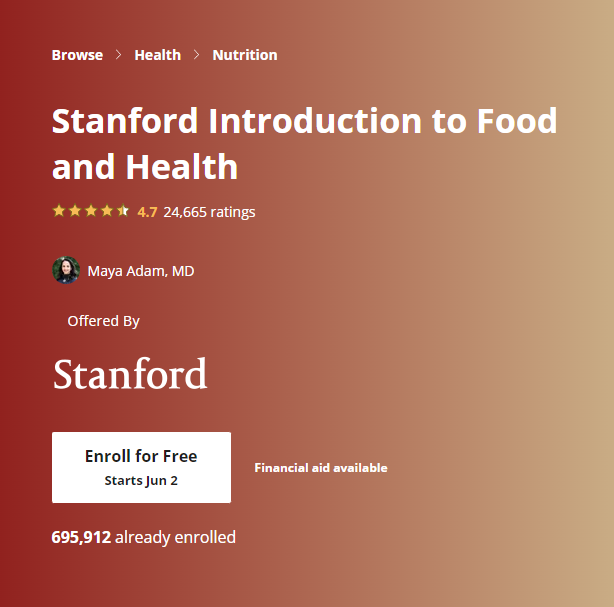
Nearly 700,000 people all over the world have taken the course on Coursera!
Teaching LGBTQ+ Health (2021)
Though EdTech serves the medical school, my team rarely gets to work directly with medical students. This project was student-initiated and student-led, after research by the Medical Student Pride Alliance made plain the ways in which medical schools all across the country were failing to include LGBTQ+ students in their education materials. The goals of this course, which is 100% free, are to teach medical educators how to A. include LGBTQ+ people in their content and B. include LGBTQ+ health in their content. I pitched the use of character animation and inclusion of patient stories to underscore the emotional stakes of including LGBTQ+ people and health care topics in medical education. The course received some news coverage and is being used by several medical schools.


What is PANS? Identifying and Referring Pediatric Acute-onset Neuropsychiatric Syndrome (2017)
Our team's course on PANS helps primary care physicians identify and refer the mysterious, rare, and complex syndrome, which most often goes undiagnosed or misdiagnosed. Visually, it's one of my favorite projects we worked on. Given the pediatric topic, I proposed using a colorful, construction-paper inspired art style, represented best by the elephant below. We made all the textures and cut out all the shapes in real life. I am really happy with how the aesthetic turned out and, more importantly, it grew into a scalable design system that we could use to quickly create everything from speech bubbles to human puppets to neurons.
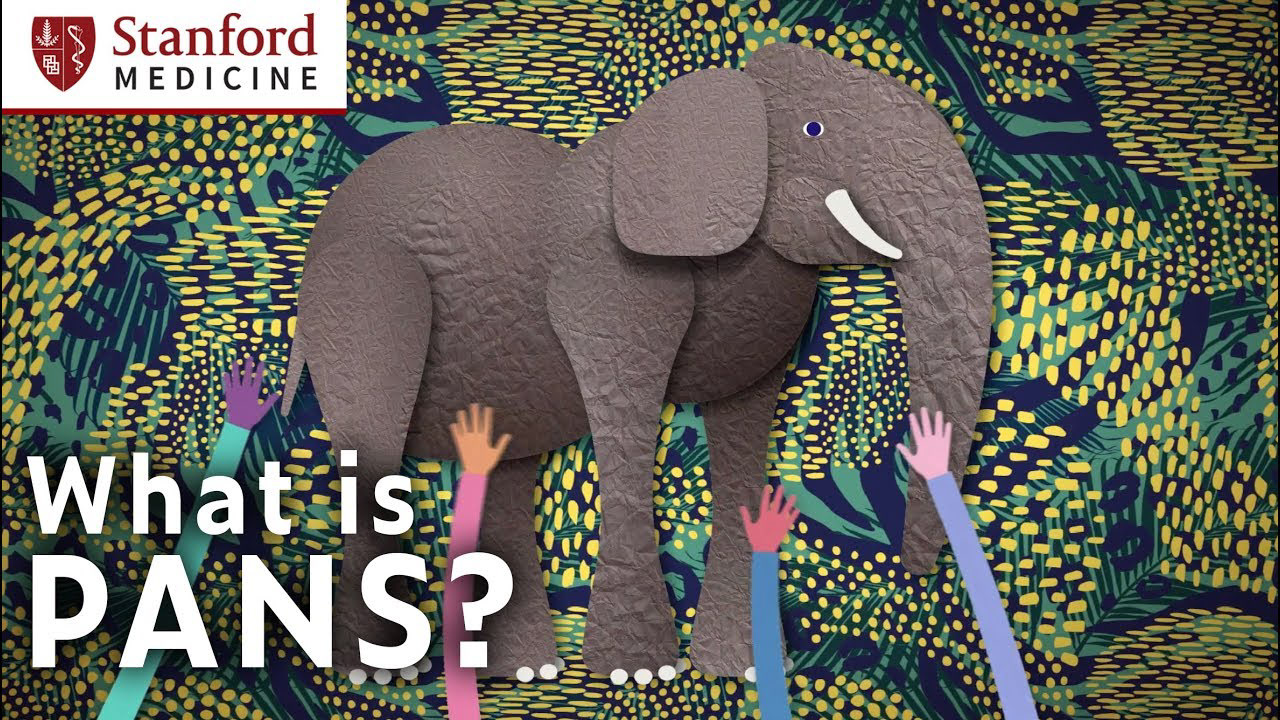
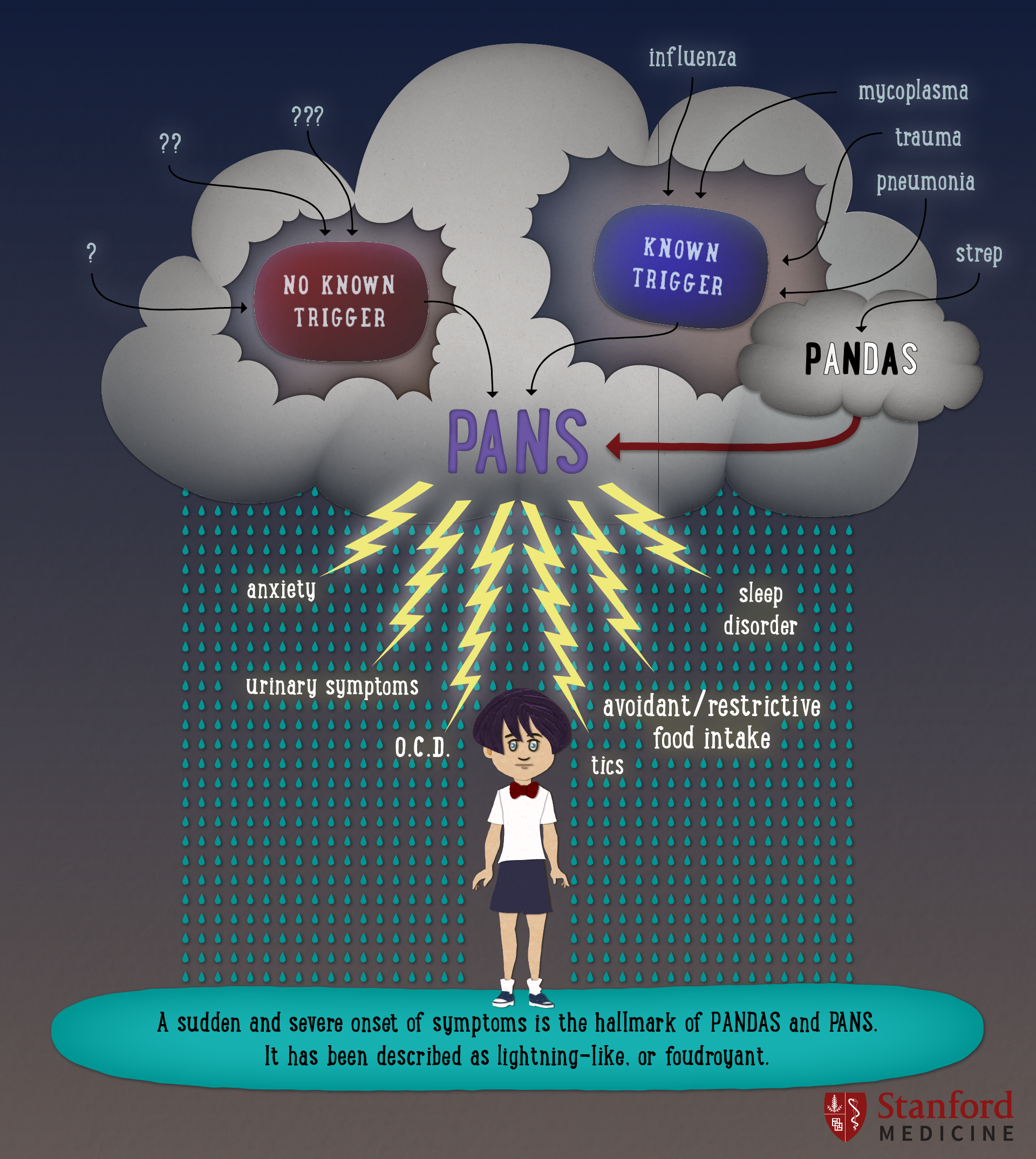

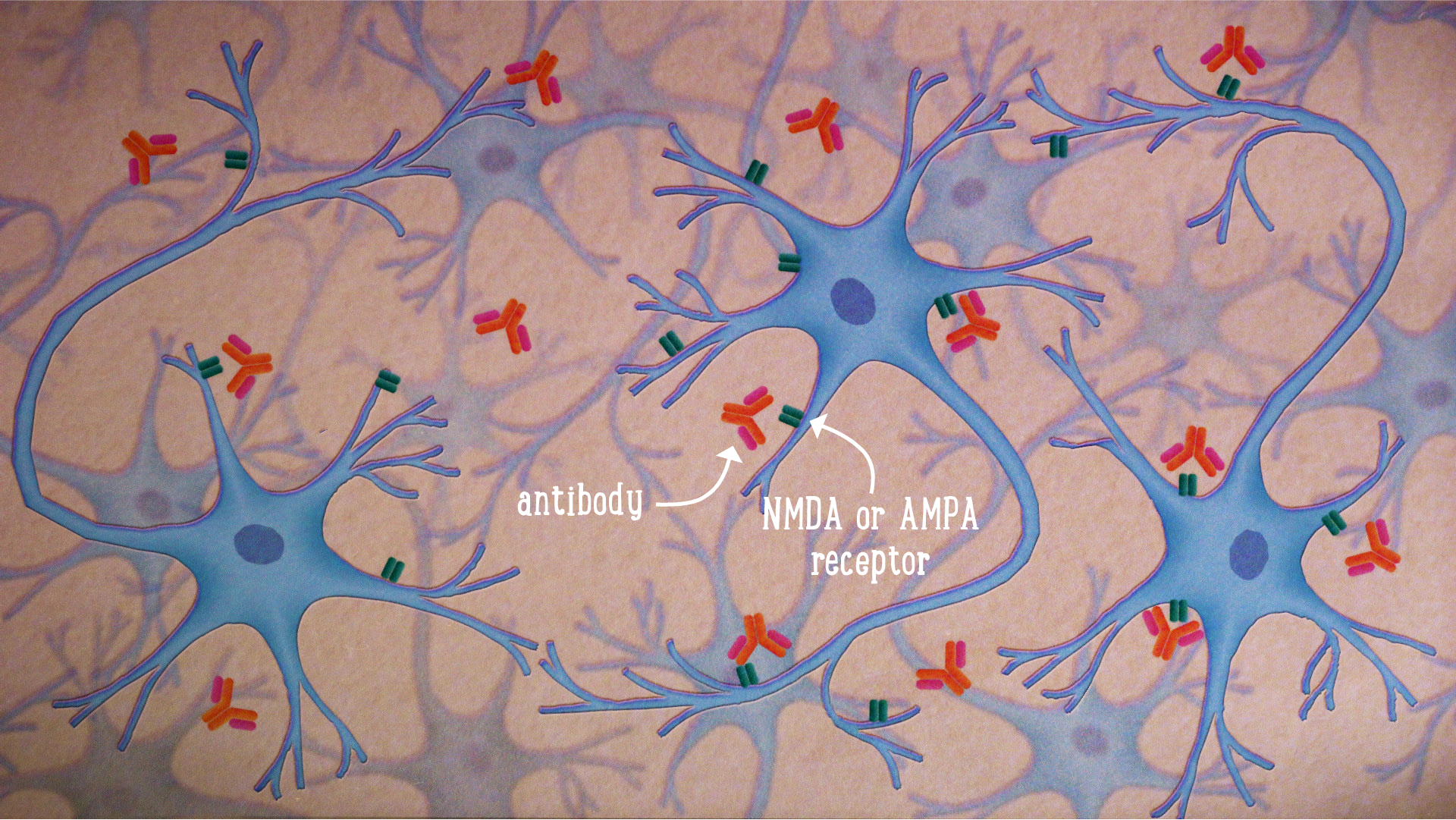
Acute Stress Management for Residents (2018)
It can take decades for doctors to develop the emotional resilience and skills required to cope with their patients' medical emergencies. This course, which is available for free on YouTube, was created educate residents about the effects of stress on the body and the various mental tools they can use to manage acute stress. The 20 videos in this hour-long course are hosted by a character we created using Adobe Character Animator, a program which uses motion capture to animate 2D puppets. This approach allowed us to iterate on the script well into post-production, which is a fact of life when working with medical education. Character Animator ended up being a tool we use on nearly every big project we take on because of this flexibility it provides.

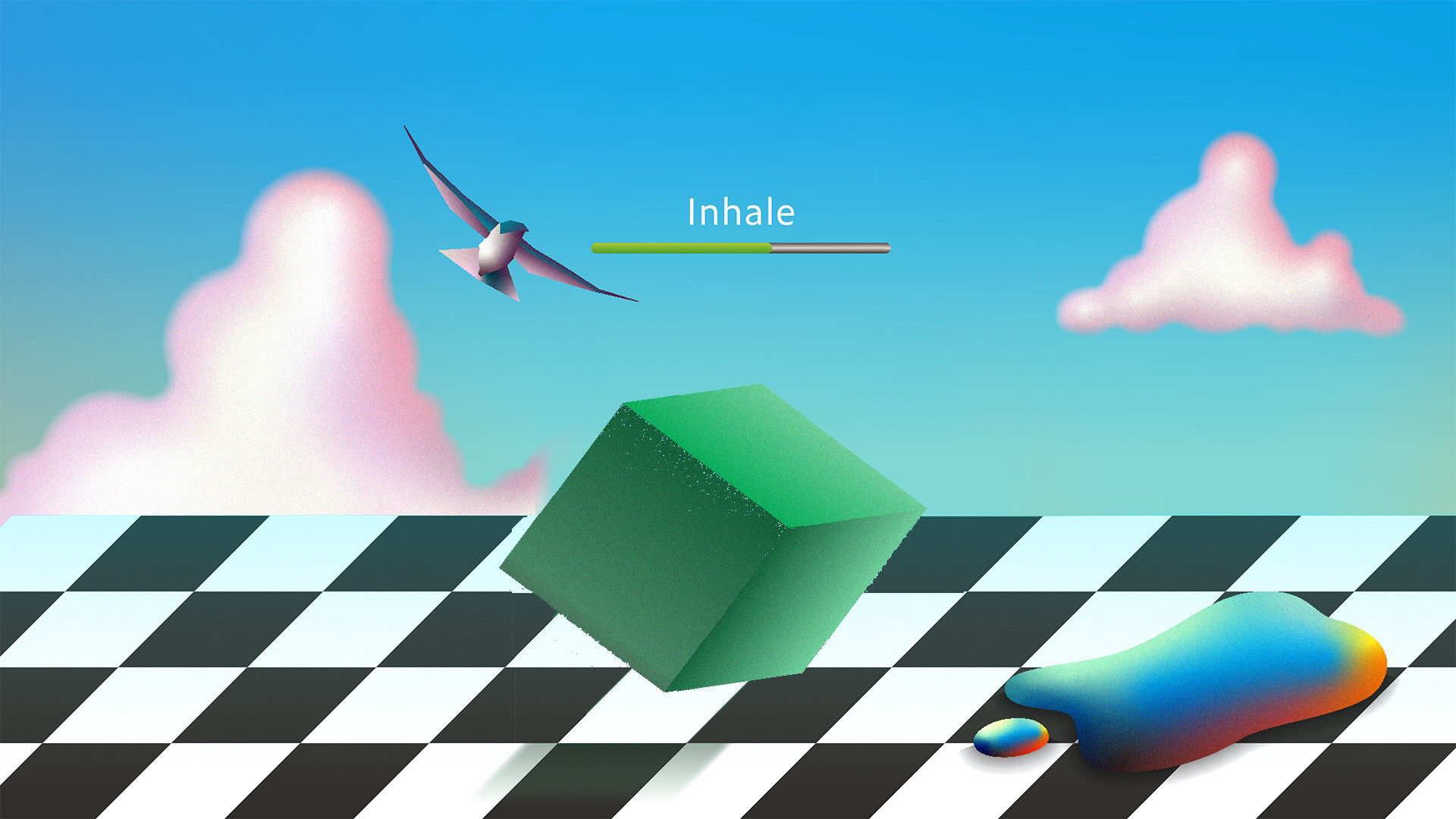
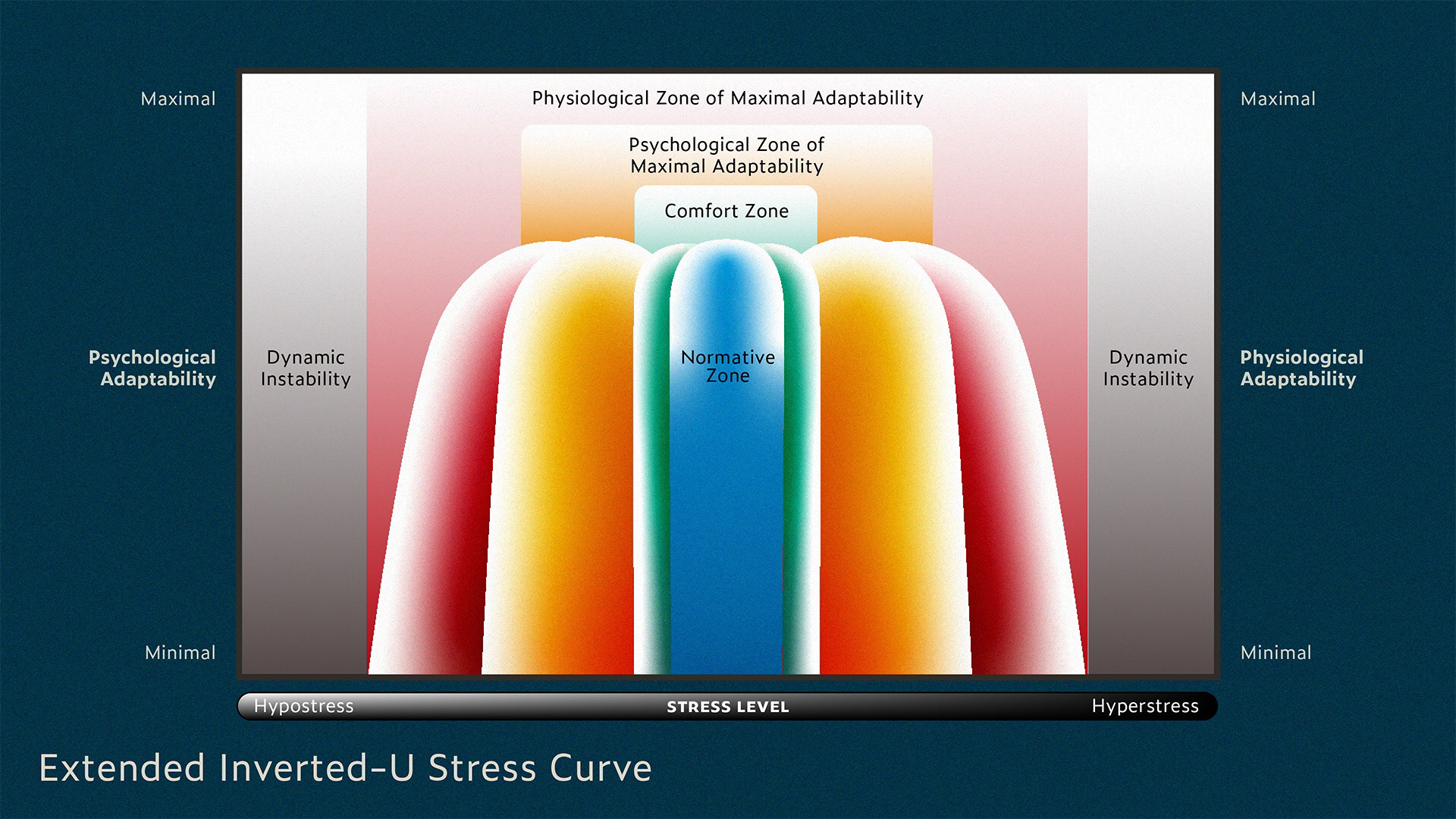
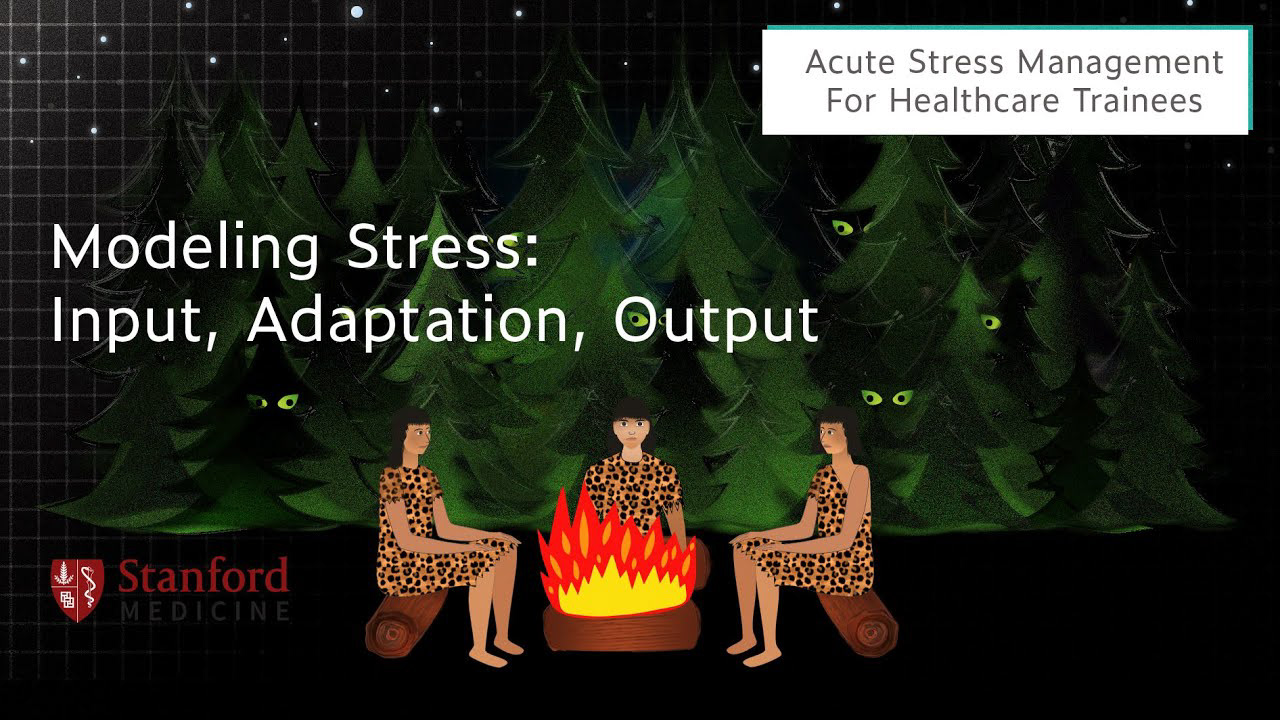
Identifying Early Signs of Psychosis in Adolescents & Young Adults (2017)
This course follows a young woman with early-onset schizophrenic psychosis as she tries and fails (at first) to get help from her doctors. The project made use of interactive video to depict the dramatic difference in how patients with schizophrenic psychosis see and hear the world. At any time during the story segments of the course, learners can jump into Amelia's point of view and hear simulations of auditory and visual hallucinations. Didactic informational content was intercut with the story segments. This was project included a lot of firsts for our team: interactive video, 3D art, complex motion graphics, and emotional storytelling were all new territory for our team at the time. As our creative director, I pushed for these things to engage with our team's untapped skills and interests. We really rallied around the project and created something special. I developed the art style for the characters and the motion graphics. The character art is inspired by the Super Nintendo game, Another World (1991), and the graphic design is inspired by Memphis design.

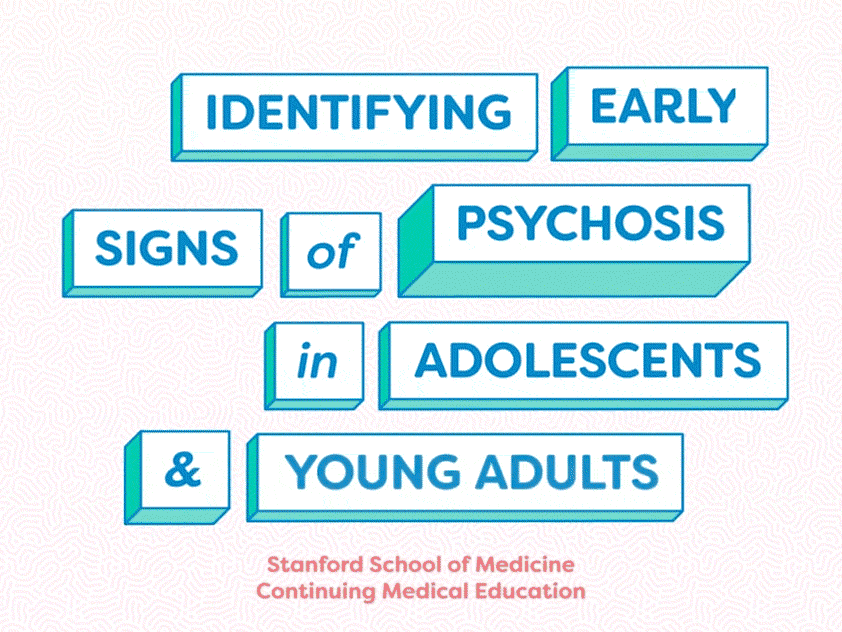
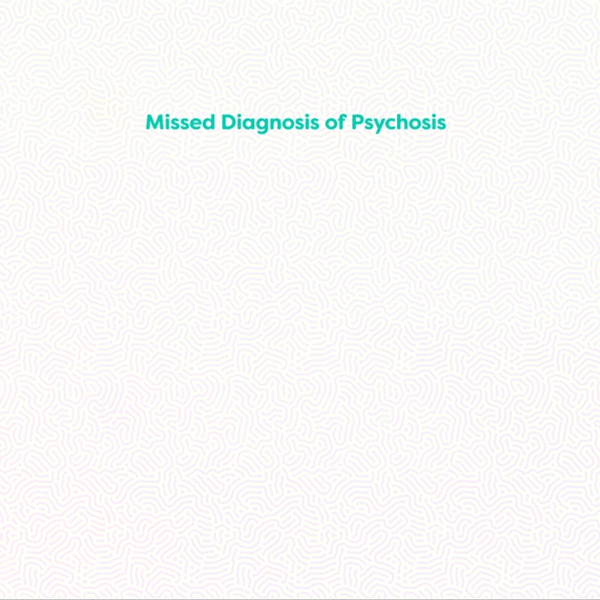
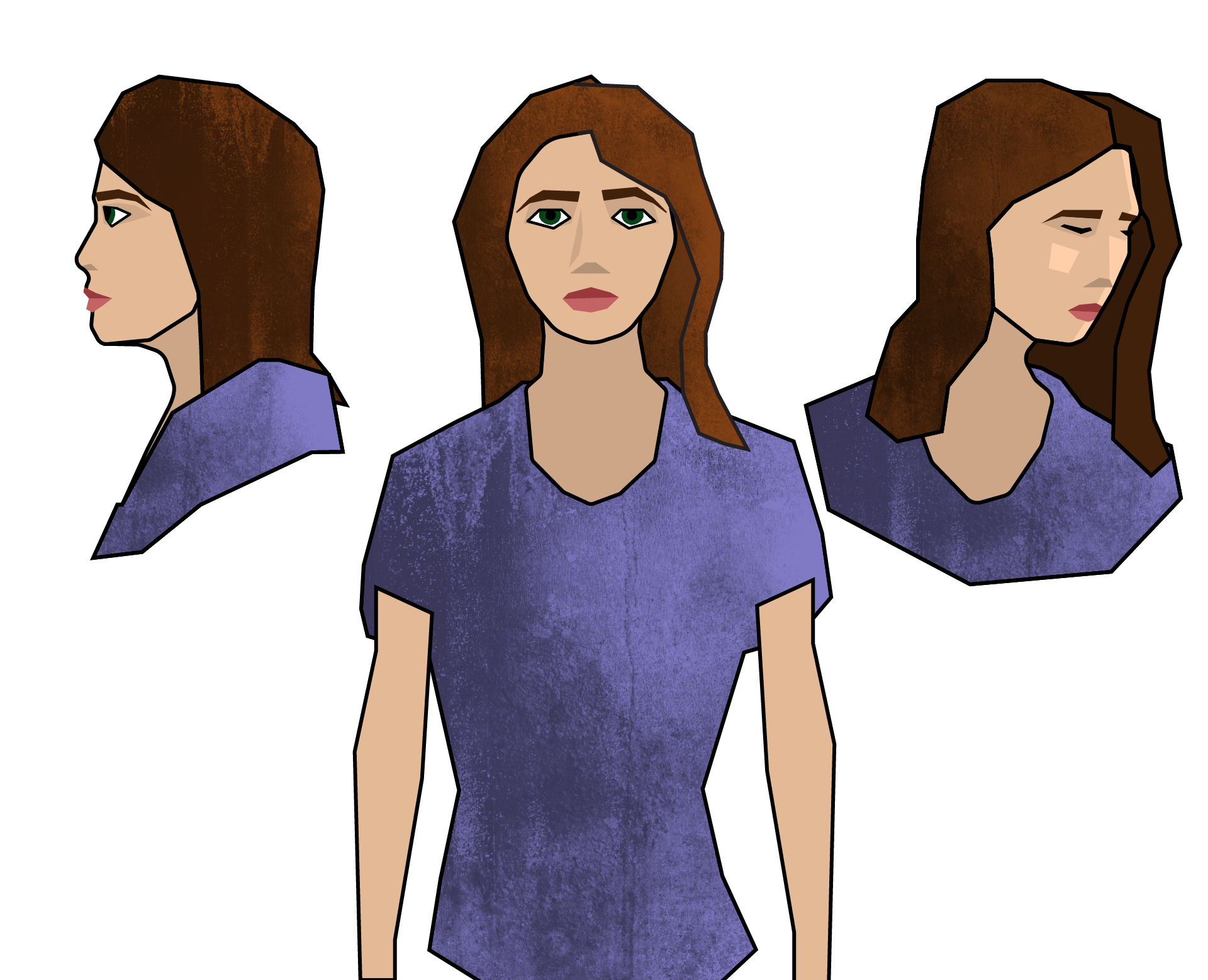
Type II Diabetes Management (2019)
I include this course on type II diabetes management because I think we effectively communicated rather complex information throughout the project. The course is available now for free on YouTube and has received a surprising amount of views and engagement from people all over the world.

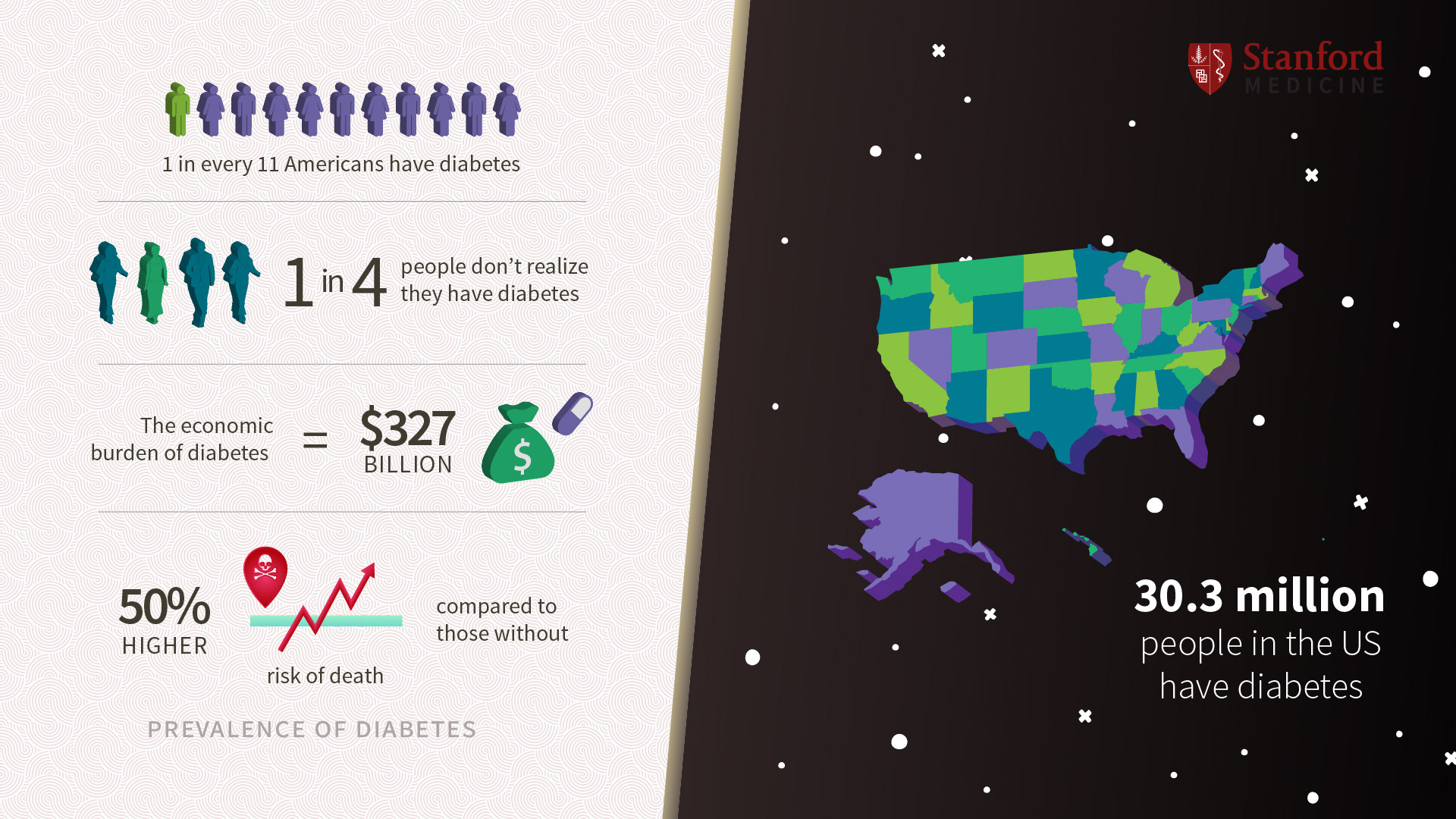
Health After Cancer (2020)
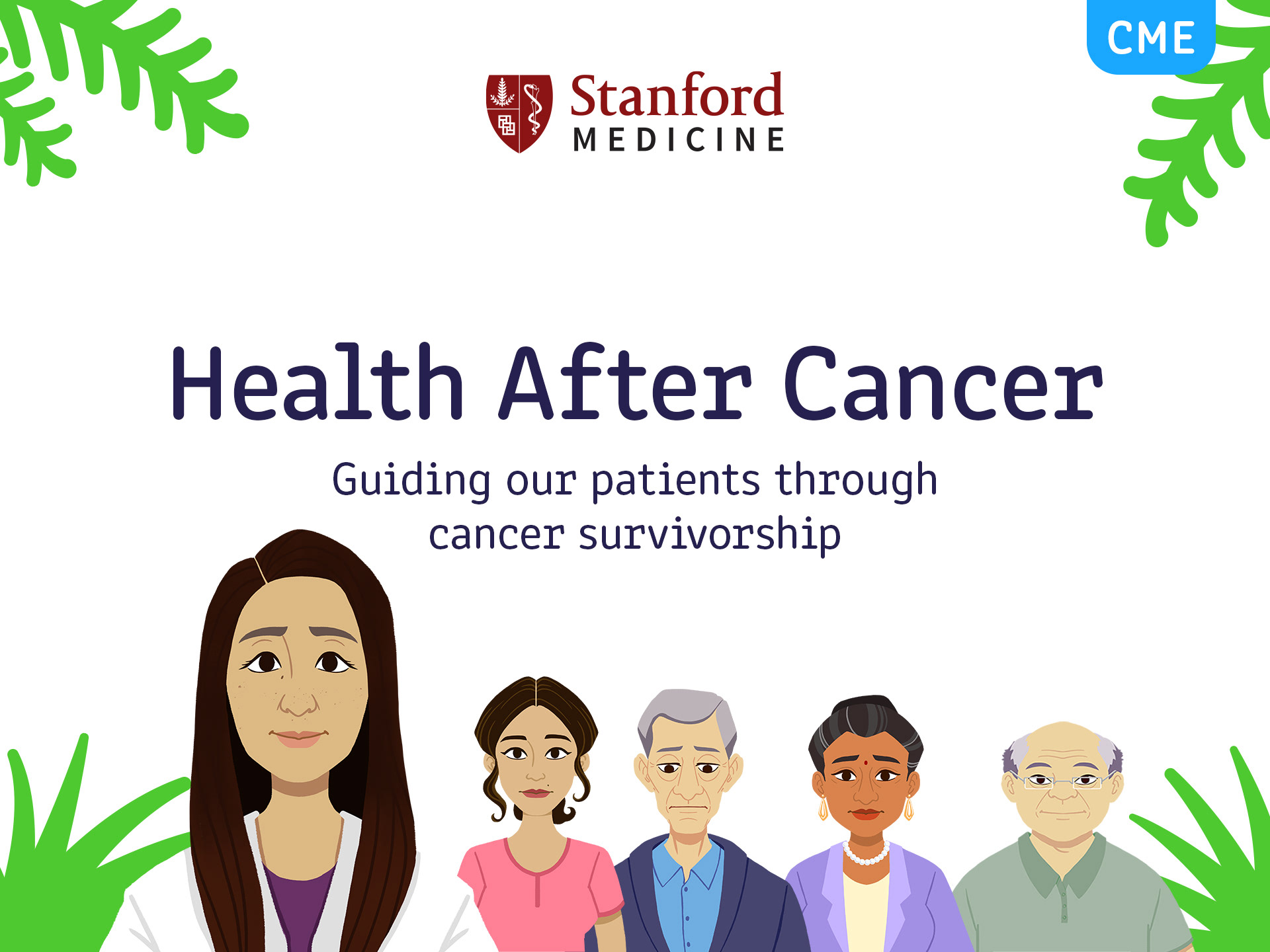
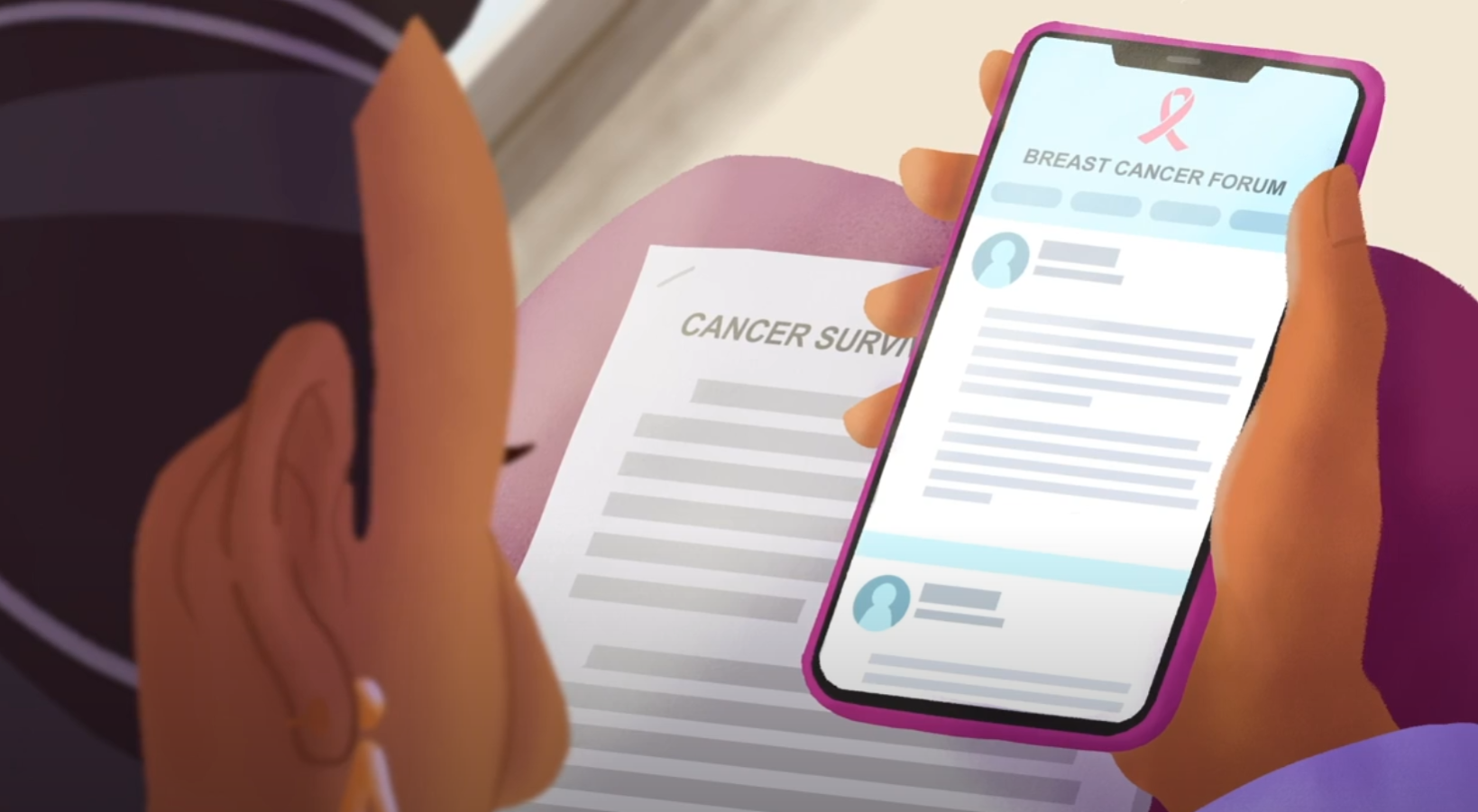
A Theory of Meta-Learning in the Cerebellum (2019)
This is an animation I made for a presentation by Dr Jennifer L. Raymond, Ph.D. at Stanford Medicine. The animation presents Dr Raymond's model of "meta-learning," or, how the brain learns how to learn, in the purkinje cells of the cerebellum in mice. I thought it would be good to save this for posterity as the animation represents over 20 iterations of complex motion graphic design completed in the two short weeks I had to work on the presentation. The graphic combines several types of information, data, animation, and illustration all created by myself in collaboration with Dr Raymond.